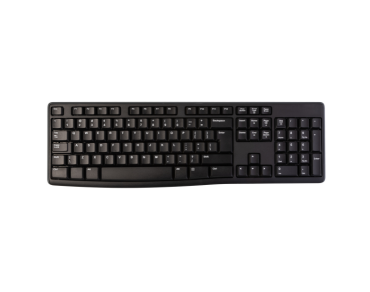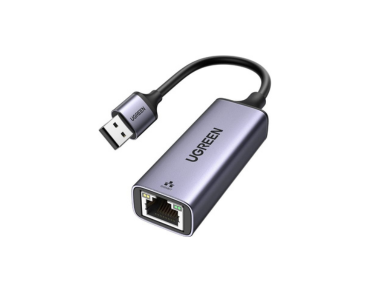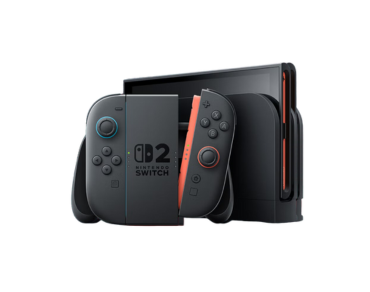A non impact printer is commonly used for high-quality printing without physically striking the paper. These printers use advanced technology, such as lasers, inkjets, or thermal processes.
Non-Impact Printer Types
Here are the most common types of non-impact printers:
| Sr. | Printer Type |
| 1. | Inkjet Printer |
| 2. | LaserJet Printer |
| 3. | Thermal Printer |
| 4. | Solid Ink Printer |
| 5. | Dye-Sublimation Printer |
| 6. | LED Printer |
1. Inkjet Printers
Inkjet printers are popular for home and office use. They spray tiny droplets of liquid ink onto paper to create text and images.
Advantages:
- High-quality color prints.
- Affordable initial cost.
- Can print on various media types.
Disadvantages:
- Ink can be expensive.
- Slower printing compared to laser printers.
Best For: Home users, photographers, and small offices.
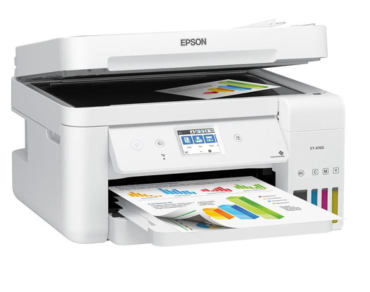
2. Laser Printers
Laser printers use a laser beam to form an image on a drum, which attracts toner powder. The toner is then transferred to the paper and heated to fuse it.
Advantages:
- Fast printing speeds.
- Lower cost per page compared to inkjet printers.
- High-quality text output.
Disadvantages:
- It’s more expensive upfront.
- It’s not ideal for photo printing.
Best For: Businesses, high-volume printing, and text-heavy documents.
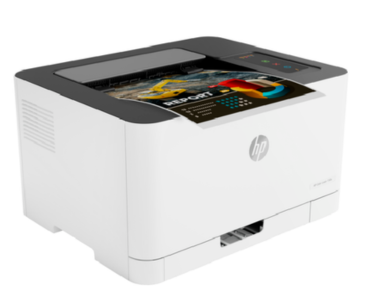
3. Thermal Printers
Thermal printers use heat-sensitive paper and a heated print head. The print head heats specific areas to form an image or text.
Advantages:
- Silent operation.
- No need for ink or toner.
Disadvantages:
- Prints fade over time.
- Only suitable for specific types of printing, such as receipts.
Best For: Retailers, ATMs, and other point-of-sale systems.

4. Solid Ink Printers
Solid ink printers use solid wax-like ink blocks that are melted and jetted onto paper. Moreover, the ink solidifies on the paper’s surface, creating vibrant prints.
Advantages:
- Excellent color quality.
- Environmentally friendly due to less packaging waste.
Disadvantages:
- Expensive.
- Requires time to warm up.
Best For: Businesses needing high-quality color prints.

5. Dye-Sublimation Printers
Dye-sublimation printers use heat to transfer dye from a ribbon onto special paper. This method of dye sublimation produces continuous-tone prints, making it ideal for photo printing.
Advantages:
- High-quality photo prints.
- Smooth color gradients.
Disadvantages:
- Expensive and requires special paper.
- Not suited for regular document printing.
Best For: Photographers and designers who require high-quality photo output.
6. LED Non Impact Printer
LED printers function similarly to laser printers but use an array of LEDs instead of a laser to create the image. Additionally, they are known for being reliable and energy-efficient.
Advantages:
- Fewer moving parts than laser printers.
- Reliable and durable.
Disadvantages:
- Not as common as laser printers.
- May not offer the same level of quality for all types of printing.
Best For: Offices that require fast, reliable text and basic color printing.

Conclusion
Non impact printer offers a range of solutions, from everyday document printing to professional photo production. Choosing the right one depends on your needs for speed, quality, and cost. Whether you’re printing at home, in an office, or for specialized applications, a non impact printer provides flexible and efficient options.

